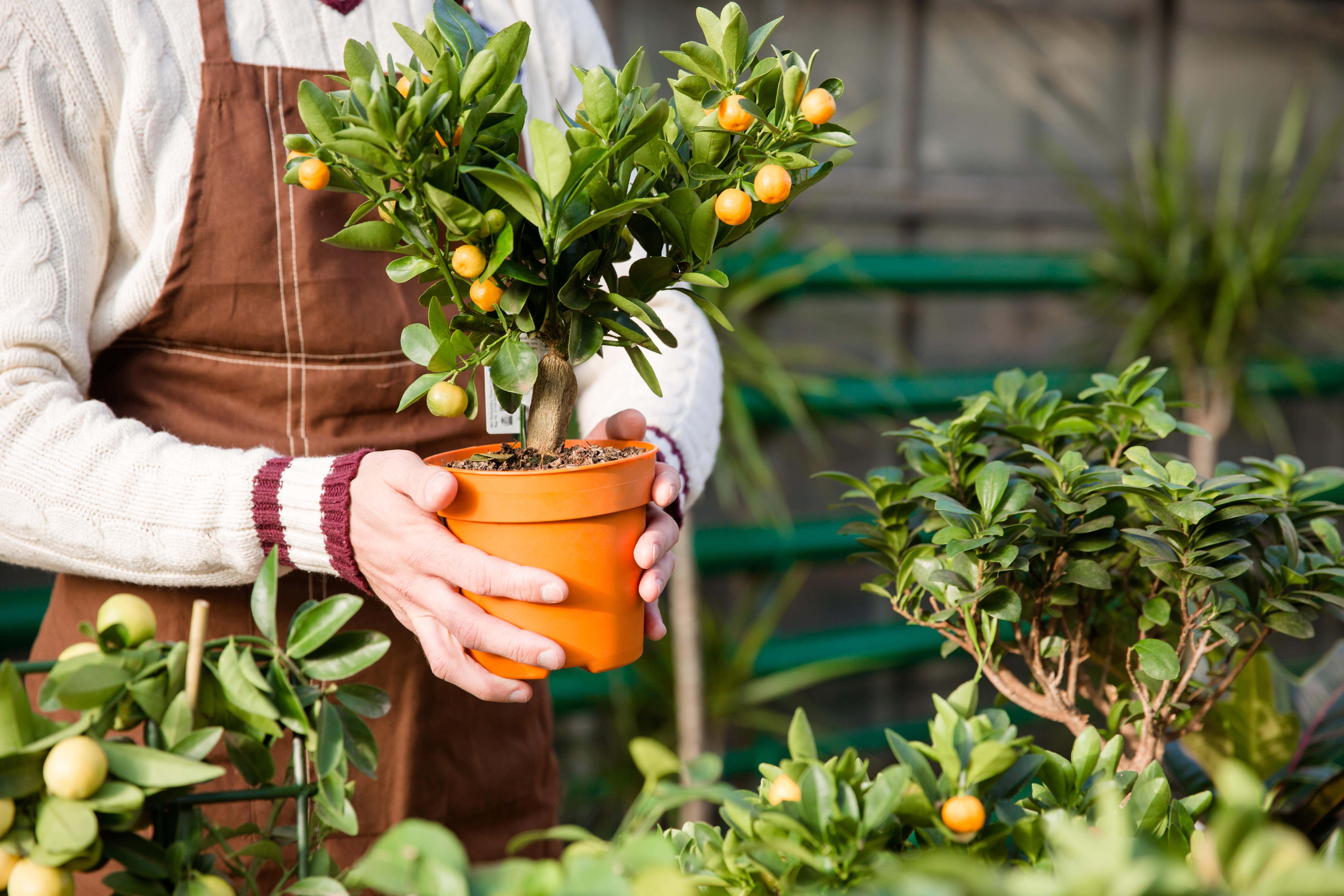How to protect your plants as the first frosts arrive
Take vulnerable plants under cover and make the most of your greenhouse, say experts. By Hannah Stephenson.

Your support helps us to tell the story
From reproductive rights to climate change to Big Tech, The Independent is on the ground when the story is developing. Whether it's investigating the financials of Elon Musk's pro-Trump PAC or producing our latest documentary, 'The A Word', which shines a light on the American women fighting for reproductive rights, we know how important it is to parse out the facts from the messaging.
At such a critical moment in US history, we need reporters on the ground. Your donation allows us to keep sending journalists to speak to both sides of the story.
The Independent is trusted by Americans across the entire political spectrum. And unlike many other quality news outlets, we choose not to lock Americans out of our reporting and analysis with paywalls. We believe quality journalism should be available to everyone, paid for by those who can afford it.
Your support makes all the difference.As the nights draw in, it’s time to clean your greenhouse, bring in tender plants to protect them from frost, and sow winter vegetables.
Some tender perennials will survive in an unheated greenhouse if the winter isn’t too cold and the greenhouse remains frost-free, including pelargoniums, marguerites and standard fuchsias.
But if you have a greenhouse heater it opens up further opportunities to protect frost-tender plants including exotics and half hardy perennials.
You can also keep begonias and gardenias under glass, which are likely to fare better and enjoy greater light levels in the winter than they would in the house, according to the RHS.
Day temperatures of 15-20ºC (60-70ºF) are ideal, with some heating maintained at night to avoid an extreme drop in temperature, it advises.
You can also take in citrus that has enjoyed the summer outside, checking for pests before you move them, but they like cool but not cold conditions, with a minimum winter night temperature of 10°C (50°F), the RHS says.
Bulbs including cannas and hedychiums will be happy in pots in the greenhouse and will only need very occasional watering.
Make a head start on spring bulbs
Pots of spring bulbs such as dwarf tulips, dwarf daffodils and anemones can be kept in an unheated greenhouse from about the end of October, to shield them from the worst of the rainy weather. They should be watered sparingly over the cooler months. From time to time, turn the pots around later on in the winter, so the emerging shoots don’t lean towards the light.
Increase your stock
Take cuttings of tender plants to overwinter, Tom Barry, CEO of renowned greenhouse manufacturer Hartley Botanic, suggests. Bay, rosemary and sage propagate easily from semi-ripe cuttings. Remove young healthy shoots from the year’s growth from around 8cm long, trim them just below a leaf joint with a sharp pair of secateurs or knife.
Using your finger and thumb, strip off the leaves from the bottom 2.5cm of the cutting, dip the bottom 2.5cm in hormone rooting powder, tapping lightly to remove any excess. Fill a 9cm pot with cuttings compost, firm it gently then insert the cuttings round the edge so the leaves of adjacent cuttings do not touch, then firm the compost again.
Water thoroughly and allow to drain, then put the pot in a propagator or put a central cane in the pot, cover with a clear plastic bag and put a rubber band over the end, then put on a sunny windowsill. Cuttings take two months to root at the most. Keep the compost moist, but not waterlogged, and ‘air’ the cuttings occasionally to prevent fungal infections.
Shield alpines
Alpines hate wet weather so in winter, cold frames and mini-greenhouses can be used to shield them from rain and prevent them from rotting. They can also be used to overwinter young annuals and other plants, the RHS suggests.
Grow winter vegetables
The vegetables that you can grow in winter are controlled by lower light levels, shorter daylight hours and colder temperatures, but there are some ways to get ahead and cheat a bit, Barry advises.
Look out for winter cropping vegetable plants from mail order companies, he suggests. They have sown and grown the seeds and plants and can supply cold hardy edible plants to your door ready to plant.
The easiest winter vegetables to grow in a greenhouse include peas, broad beans, mustard and mizuna, spinach, onions, garlic, corn salad and winter lettuce, he adds.
Check your heating
Check your greenhouse heater to make sure it works before the cold nights set in. Tender plants can be stored under greenhouse staging as added protection. Ventilate the greenhouse on sunny days, shutting the windows by the middle of the afternoon to capture the warm air, so it cools down slowly as the day draws on.
Remove your glasshouse shading and use this opportunity to tidy, clean and disinfect it while the weather is still warm, Barry advises.
Water or damp down the greenhouse during the morning to reduce the chance of botrytis or grey mould, which thrives in a still, damp, atmosphere, and reduce ventilation when temperatures drop later in the month.
For more information visit Hartley-botanic.co.uk.